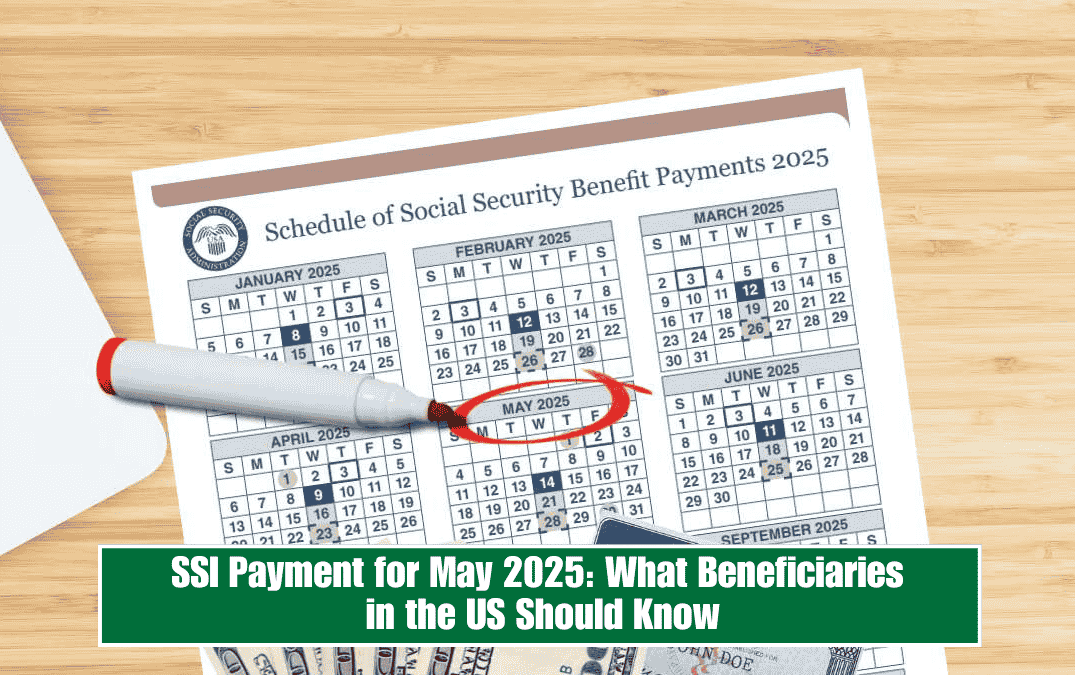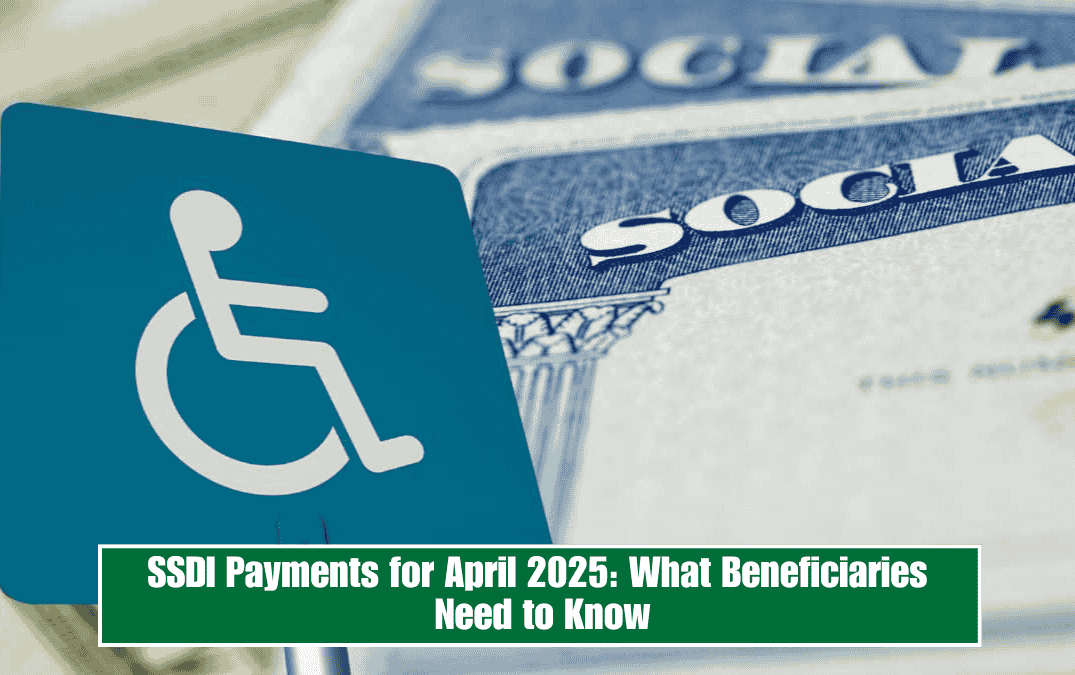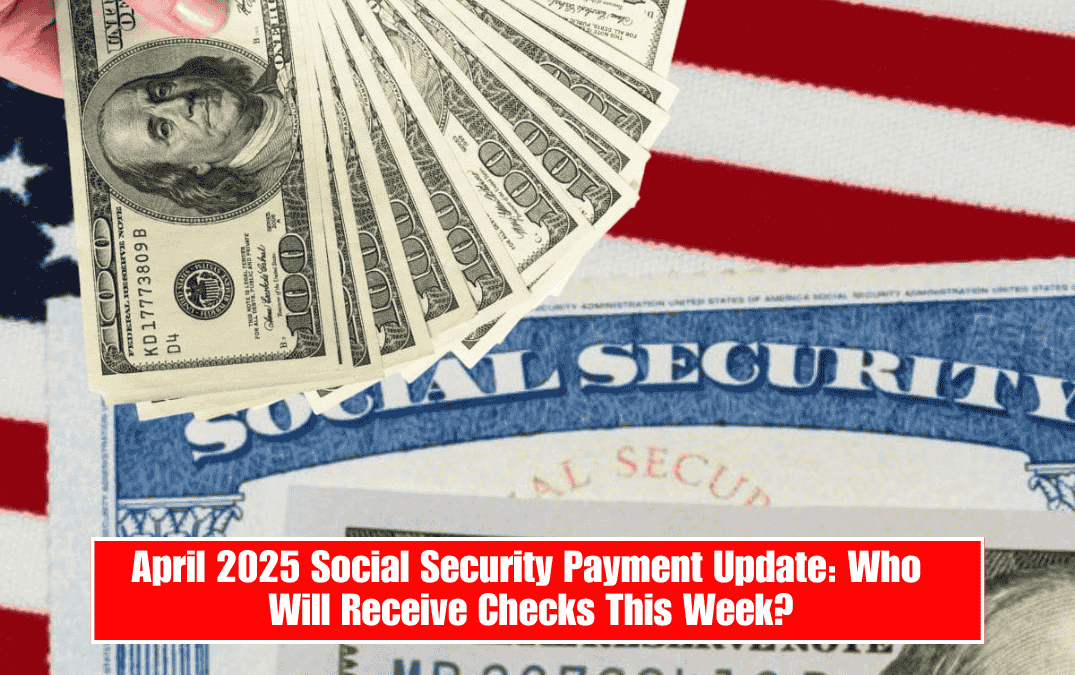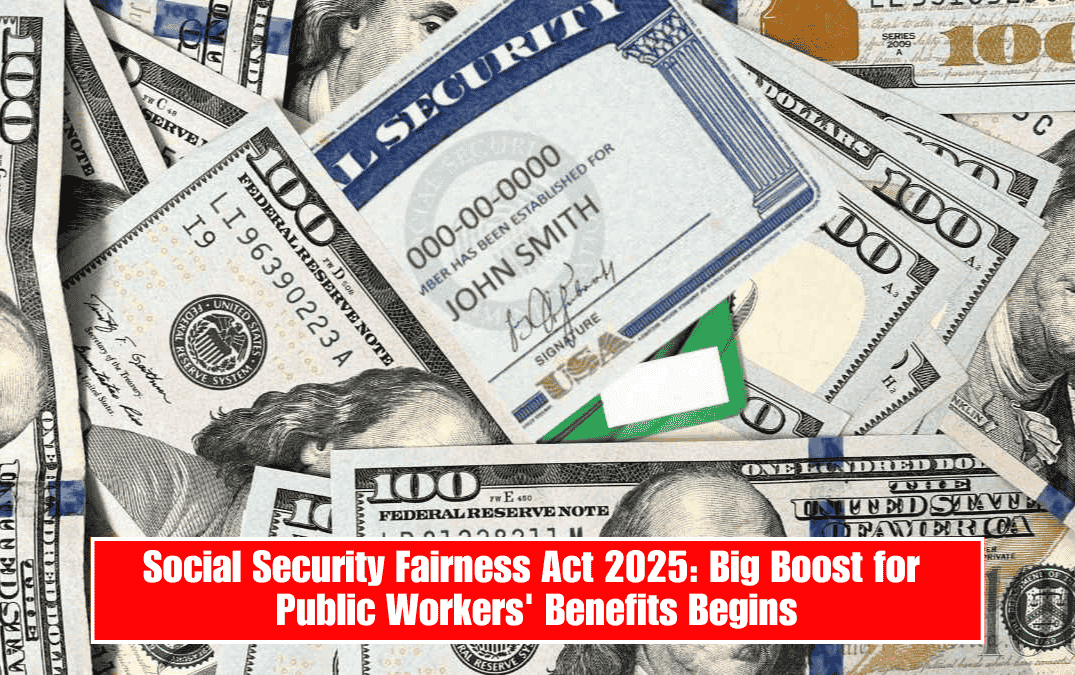The Supplemental Security Income (SSI) program in the United States helps people who are elderly, blind, or have a serious disability. It provides monthly financial support to those who have low income and limited resources. Managed by the Social Security Administration (SSA), this program is a lifeline for many families.
According to the official payment schedule, the next SSI deposit will be made on May 1, 2025. Let’s break down how the system works, who qualifies, how much beneficiaries will receive, and why some payments may come earlier than expected.
SSI Payment Date for May 2025
SSI payments are normally issued on the first day of every month. However, if the 1st falls on a weekend or a public holiday, the payment is moved up to the last working day before that. In May 2025, the 1st falls on a Thursday, which is a regular business day. So, SSI payments will be deposited as usual on Thursday, May 1, 2025.
For future months, such as June 2025, where the 1st falls on a Sunday, the payment will be advanced. In that case, the deposit will arrive on Friday, May 30, 2025 instead.
Most people — over 99% — receive their SSI money directly into their bank account. But for those who haven’t provided banking details, a physical cheque is mailed.
Maximum SSI Benefit Amounts for 2025
In 2025, monthly SSI amounts were increased with a 2.5% Cost of Living Adjustment (COLA) starting from January. This helps to keep up with rising prices caused by inflation. The updated payment amounts are:
- $967 per month for individuals
- $1,450 per month for eligible couples
- $484 per month for “essential persons” (someone living with the beneficiary to help with daily needs)
Although the “essential person” category is no longer open for new applicants, those who qualified in the past still receive this payment.
Who Can Qualify for SSI Benefits?
To receive SSI, an applicant must meet specific eligibility rules:
They must be 65 years or older, legally blind, or have a documented disability that stops them from working for at least 12 months. Besides health conditions, income and asset limits are also important. A person must have resources under $2,000 (or $3,000 for couples), not counting their home or one vehicle.
Only US citizens or legal residents who fall under approved immigration categories can apply. Applicants must allow SSA to check their personal and financial information and must report any future changes in income, address, or family status.
People living in any of the 50 US states, Washington D.C., or Northern Mariana Islands are eligible. However, if a person lives in a government-supported facility like a hospital or jail, they may lose their SSI temporarily or permanently.
How Many People Receive SSI?
According to SSA’s February 2025 report, about 7.4 million people were receiving SSI. This includes older people, children with serious health conditions, and adults with disabilities. Out of these, 4.88 million only receive SSI, while 2.52 million get both SSI and other Social Security benefits.
SSI is a key financial support program in the US that helps millions of people live with dignity. In May 2025, beneficiaries can expect their payment on May 1, unless otherwise stated due to weekends or holidays. Thanks to the 2.5% COLA increase, payments have gone up this year. If you think you or a family member might qualify for SSI, it’s important to apply through the official SSA website and follow all the required rules to maintain eligibility.















